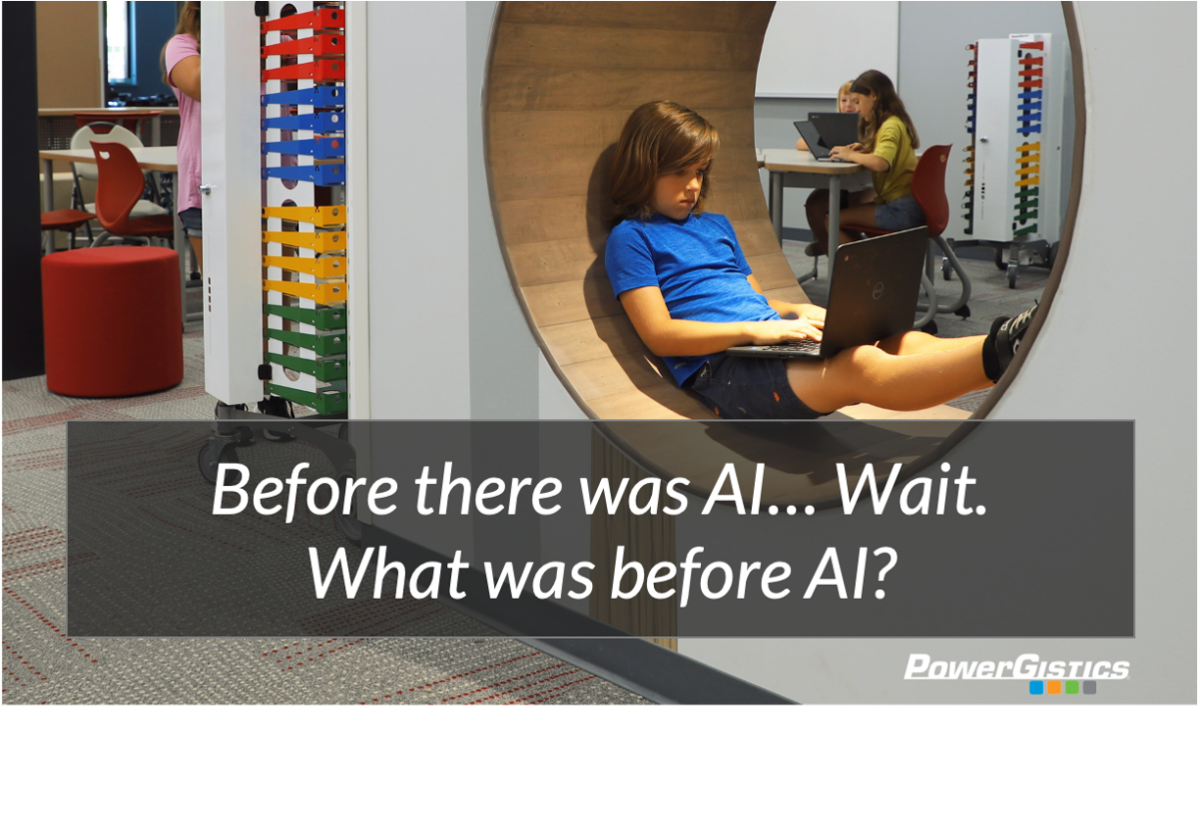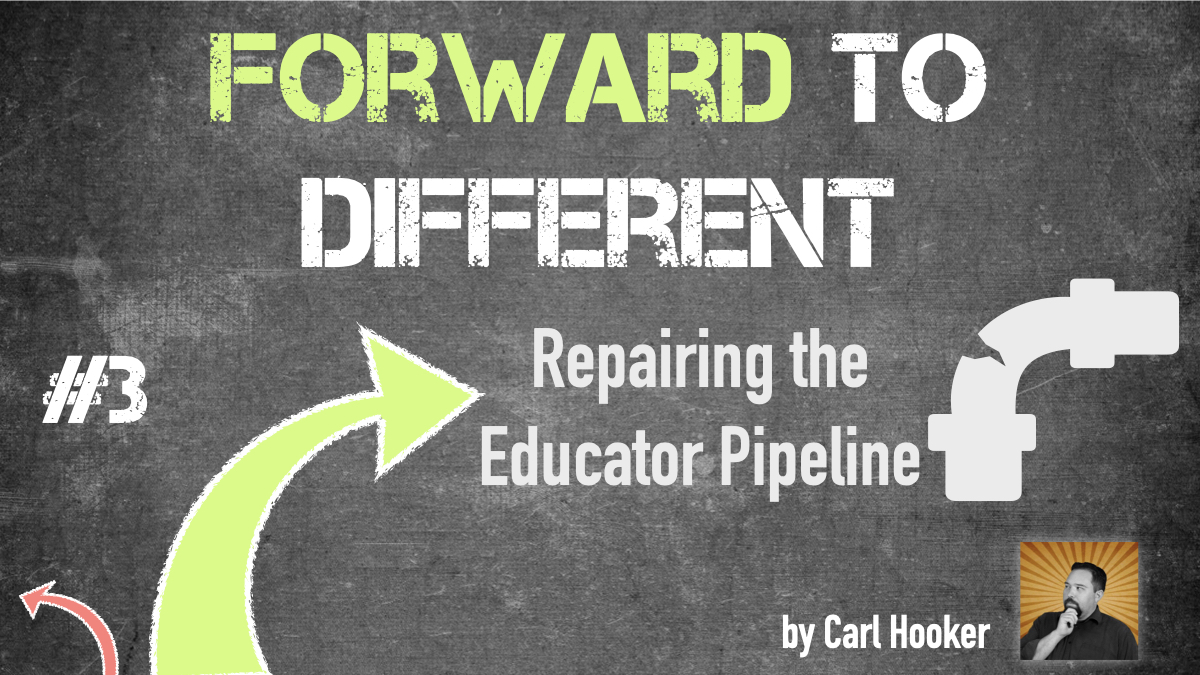To STEM or not to STEM

Title: STEM in Schools: A Compelling Investment for a Thriving Future
As educators, we’re in a constant pursuit to offer the best resources, latest methodologies, and engaging curriculum to our students. The goal? Preparing them for a dynamic, fast-paced world where nimbleness and resilience will be crucial players in determining success. But in an era of tight budgets and higher academic demands, we are increasingly faced with critical questions: where should our scarce time, money, and focus be directed? Is building and implementing a Science, Technology, Engineering, and Mathematics (STEM) program worth the investment?
The case for great emphasis on STEM in our schools is irrefutable. We live in an age where technology and innovation are not just important, they are indispensable. Jobs in the STEM fields are expanding at a pace unmatched by many other sectors, and the ubiquity of scientific and technological aptitudes in almost every job description is a testament to this growing demand. Ignoring STEM education isn’t only a disservice to our students’ present needs, but a detriment to their future marketability as professionals.
The cost of implementing a STEM program can indeed be relatively high. Acquiring the necessary technology, providing professional development for teachers, restructuring curriculum and investing in STEM-related resources can create a formidable financial barrier. Is this initial outlay worth it? High-quality STEM education pays dividends. Not only does it promise a better-equipped future workforce, but also creates a ripple effect of economic growth and societal evolution.
But let’s go beyond economics. STEM education is not merely about equipping students with technological skills and filling job vacancies. It is about nurturing a mindset. A STEM-infused curriculum offers an exploratory learning environment, promoting problem-solving skills, fostering creativity, enhancing logical thinking and encouraging innovation. This creates more engaged learners and confident problem solvers – requisites in a world filled with complex, overlapping issues.
To consider STEM merely as an expense is to view it in a reductive, transactional lens. Instead, when we look at it as an investment, we understand the broader educational, societal, and economic impacts it provides. It’s true that not every student will choose a career in a STEM field. Yet, having a powerful STEM foundation ensures students can translate these skills to various contexts, whether they pursue a career in humanities, arts, business or STEM.
Downsides? Like any significant change, introducing a STEM program in schools comes with potential challenges. There’s the need for professional development for teachers, adjustments to teaching practices, acquiring resources, and initial resistance from some stakeholders. Thorough planning, phased implementation, targeted teacher training and transparent communication can mitigate many of these challenges.
The ultimate measure of our education system’s success is its capacity to form well-rounded individuals, armed with diverse skill sets and an adaptable nature to thrive in a rapidly changing world. By integrating STEM into K-12 education, we are offering our students a ticket to future-readiness. They will navigate the world with the reasoning of a scientist, the creativity of a technologist, the critical thinking of an engineer, and the analytical mind of a mathematician.
Is investing in STEM worth it? Absolutely. It’s not a question of whether we can afford to implement STEM. Rather, it’s whether our students can afford not to have it. By embracing STEM today, we are securing a prosperous tomorrow both for our learners and for society at large. Therefore, it’s not STEM or NOT to STEM, it’s STEM and HOW to STEM effectively.
Recommend0 recommendationsPublished in Leadership Voices






Thanks for the post, Alana! How have you been implementing STEM in your own classroom? Has there been some training/PD that you’ve found particularly effective?
I am cuurently a K-12 math/science instructional coach so I am hoping to help teacher implement it in my district